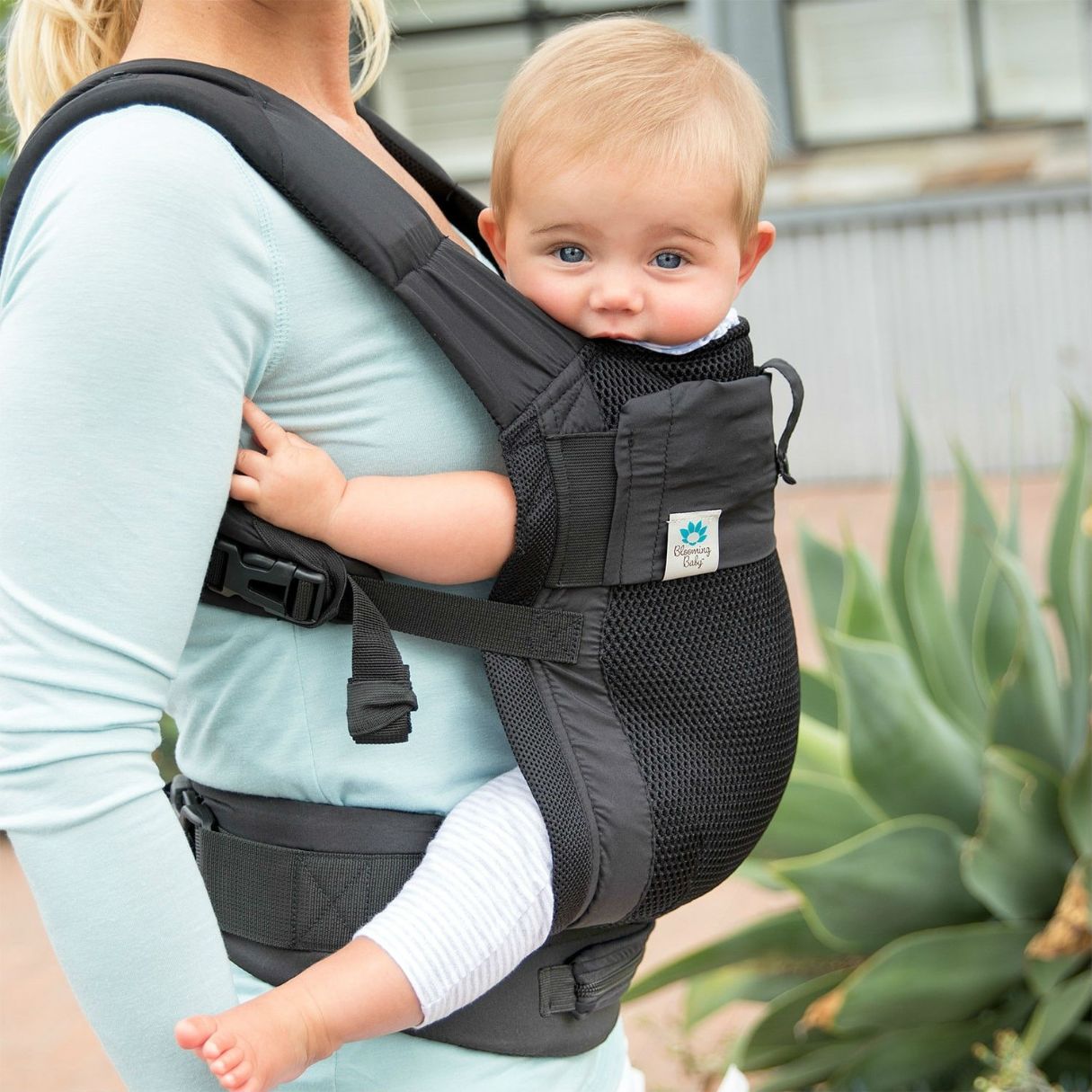

Articles
How To Store Baby Carriers
Modified: February 26, 2024
Learn the best way to store your baby carriers to keep them clean and organized. Read our informative articles for helpful tips and advice.
(Many of the links in this article redirect to a specific reviewed product. Your purchase of these products through affiliate links helps to generate commission for Storables.com, at no extra cost. Learn more)
Introduction
Storing baby carriers may seem like a simple task, but doing it right can make a significant difference in preserving their quality and durability. Whether you have a collection of baby carriers or just one treasured piece, proper storage will ensure they stay in good condition, ready for future use. In this article, we will discuss the best practices for storing baby carriers, from choosing the right storage space to cleaning, folding, and packing them away properly.
Baby carriers not only provide a convenient way to carry your little one but also offer a sense of closeness and comfort. However, when they are not in use, it’s essential to store them correctly to prevent damage and maintain their integrity. By following these guidelines, you can ensure that your baby carriers remain in excellent condition and ready to use whenever you need them.
In the next sections, we will explore various storage options and share tips on proper maintenance for different types of baby carriers, including ring slings, wraps, and specialized carriers. So, let’s delve into the world of baby carrier storage and discover how to keep them safe, organized, and in optimal condition.
Key Takeaways:
- Proper storage of baby carriers is crucial for maintaining their quality and longevity. Choose a clean, well-ventilated space, follow manufacturer’s cleaning instructions, and use hanging storage or bins to keep them organized and accessible.
- Specialized carriers like ring slings and wraps require extra care. Follow manufacturer’s instructions for washing and storage, avoid excessive heat, and regularly inspect for wear and tear. Proper maintenance ensures longevity and functionality.
Read more: How To Store Baby Items For Next Baby
Choosing the Right Storage Space
When it comes to storing your baby carriers, the first step is to choose the right storage space. Ideally, you want a place that is clean, dry, and well-ventilated to prevent any mold, mildew, or musty odors from developing.
If you have a dedicated nursery or baby’s room, that can be an excellent option for storing your baby carriers. Make sure the room is free from excessive humidity and direct sunlight, as both can cause damage to the fabric or straps of the carriers.
If you don’t have a dedicated room, consider a closet or storage area that meets the cleanliness and ventilation requirements. Avoid storing baby carriers in areas prone to moisture, such as basements or attics, as the fluctuating temperatures and high humidity levels can be detrimental.
Another important factor to consider is accessibility. You want to choose a storage space that allows you to easily retrieve and return your baby carriers without having to dig through a cluttered mess. This will save you time and ensure that your carriers remain in good condition during the storage process.
If space is limited, you can get creative with storage solutions. Hanging storage organizers or hooks can be a great option for displaying and organizing your carriers. You can hang them on the back of a door or on a wall to keep your carriers easily accessible while maintaining a tidy appearance.
Remember, the key is to find a storage space that meets the cleanliness, ventilation, and accessibility criteria. By doing so, you can create an ideal storage environment for your baby carriers, keeping them safe and ready for use whenever you need them.
Cleaning and Washing Baby Carriers
Before storing your baby carriers, it is crucial to clean and wash them properly to maintain their hygiene and longevity. The cleaning method will vary depending on the type of fabric and the specific care instructions provided by the manufacturer. Here are some general tips to help you clean and wash your baby carriers effectively:
- Check the care label: Always refer to the manufacturer’s instructions for cleaning and washing your specific baby carrier. The care label will provide guidance on the appropriate cleaning method, water temperature, and detergents to use.
- Spot clean when necessary: If you notice any stains or spills on your baby carrier, it is best to spot clean them immediately. Use a mild detergent or baby-safe soap, a soft cloth, and gentle motions to remove the stain without damaging the fabric.
- Machine wash when allowed: If your baby carrier is machine washable, ensure that you remove any detachable parts, such as buckles or straps, before placing it in the washing machine. Use a delicate or gentle cycle with cold water and a mild detergent.
- Avoid harsh chemicals and bleach: It is important to avoid using harsh chemicals or bleach as they can weaken the fabric or cause discoloration. Opt for baby-friendly detergents or natural cleaning solutions.
- Air dry to preserve the fabric: To protect the integrity of the fabric, it is best to air dry your baby carrier. Avoid excessive heat or direct sunlight, as these can cause shrinkage or fading.
- Iron or steam if needed: If your baby carrier requires ironing, make sure to check the fabric’s ironing instructions. Some carriers may need to be ironed on low heat or with a protective cloth.
Remember to check the care instructions specific to your baby carrier before cleaning or washing. Different fabrics and designs may require different care methods. By following these general guidelines and considering the manufacturer’s recommendations, you can effectively clean and maintain the freshness of your baby carriers.
Folding and Packing Baby Carriers
Properly folding and packing your baby carriers is essential to ensure they remain compact, organized, and protected during storage. Here are some steps to follow when folding and packing your baby carriers:
- Start with a clean and dry baby carrier: Before folding, make sure your baby carrier is thoroughly cleaned and completely dry to prevent any mold or mildew growth.
- Remove any detachable parts: If your baby carrier has any detachable parts, such as hoods, inserts, or accessories, remove them before folding. This will reduce the bulk and make it easier to fold.
- Fold according to the manufacturer’s instructions: Follow the specific folding instructions provided by the manufacturer for your baby carrier. Some carriers may require folding in a specific manner to ensure proper storage and avoid any strain on the fabric or straps.
- Avoid excessive creasing: While you want to fold your baby carrier to save space, be gentle and avoid creating excessive creases. Too many creases can lead to permanent wrinkles or weakened fabric over time.
- Secure the folded carrier: Once your baby carrier is folded, use the provided straps or fasteners to secure it together. This will prevent it from unfolding or getting tangled with other items in storage.
- Use a storage bag or pouch: To offer additional protection and organization, consider using a storage bag or pouch specifically designed for baby carriers. This will keep your folded carrier clean and protected from dust, dirt, or any potential damage.
- Label or identify: If you have multiple baby carriers, it can be helpful to label or identify each one to easily locate the carrier you need in the future.
By following these steps, you can effectively fold and pack your baby carriers, ensuring they remain in their best condition during storage. Taking the time to fold them properly will not only save space but also make it easier for you to retrieve and use them when needed.
Using Hanging Storage
Using hanging storage is a convenient way to keep your baby carriers readily accessible while also maximizing your storage space. Here are some tips for utilizing hanging storage for your baby carriers:
- Choose the right hanging storage: Look for hanging organizers or hooks that are sturdy and designed to hold the weight of your baby carriers. Consider the number of carriers you have and choose a storage solution that can accommodate them all without overcrowding.
- Ensure proper ventilation: When using hanging storage, make sure the area is well-ventilated to prevent any moisture build-up. This will help keep your carriers dry and fresh during storage.
- Hang by straps or loops: Baby carriers with straps or loops are ideal for hanging storage. Simply hang the carriers by their straps or loops on the hooks or hangers. This will help maintain their shape and reduce the chances of wrinkles or creases.
- Organize by usage frequency: Arrange your baby carriers in a way that makes it easy to access the ones you use more frequently. Consider grouping them by type or size to keep everything organized and easily identifiable.
- Consider additional storage options: If you have small accessories or baby carrier components, such as hood attachments or teething pads, you can use pockets or pouches in the hanging storage to keep them together with the carriers.
- Regularly inspect and rotate: Periodically inspect your hanging storage to ensure that the hooks or hangers are secure and the carriers are in good condition. Rotate the carriers every few months to prevent prolonged pressure on a single spot.
Hanging storage is not only functional but also allows you to showcase your baby carriers as a beautiful display. It keeps them organized and within reach, making it easier for you to select the carrier you desire for any occasion.
Remember to regularly check and maintain the hanging storage area to ensure it remains stable and in good condition. By properly utilizing hanging storage, you can create an efficient and visually appealing way to store your baby carriers.
When storing baby carriers, make sure to clean them according to the manufacturer’s instructions and then store them in a cool, dry place away from direct sunlight to prevent any damage to the fabric or straps.
Read more: How To Store Baby Carrots
Utilizing Storage Bins or Baskets
Storage bins or baskets offer a versatile and practical solution for storing your baby carriers. Here are some tips for effectively utilizing storage bins or baskets for your baby carriers:
- Choose the right size and material: Select storage bins or baskets that are large enough to hold your baby carriers comfortably but not so oversized that they take up excessive space. Consider using bins or baskets made of breathable materials like fabric or woven materials to allow for proper air circulation.
- Organize by type or size: Group your baby carriers by type or size to keep everything organized and easily accessible. This will make it easier for you to find the carrier you need without rummaging through a jumbled mess.
- Use dividers or compartments: If you have multiple baby carriers, consider using dividers or compartments within the storage bin or basket to keep them separated. This can help prevent tangling of straps or any potential damage that may occur when carriers rub against each other.
- Consider labeling or color-coding: To make it even easier to locate the specific baby carrier you need, consider labeling each storage bin or basket with the type or size of carriers it contains. You can also use color-coding techniques, such as using different-colored bins or baskets for different types of carriers.
- Store in a clean and dry area: Whether you choose to store your storage bins or baskets in a closet, under the bed, or on a shelf, make sure the area is clean and dry to prevent any moisture or dust buildup. This will help keep your carriers in optimal condition during storage.
- Stack when possible: If you have limited space, you can stack the storage bins or baskets on top of each other to save space. Just make sure you are mindful of the weight of the carriers and that the bottom containers are sturdy enough to support the load.
- Regularly inspect and maintain: Periodically check the storage bins or baskets for any signs of wear or damage. Replace any bins or baskets that are damaged or no longer suitable for storing your baby carriers.
Using storage bins or baskets can help you keep your baby carriers organized, protected, and easily accessible. The bins or baskets can be placed on shelves, in closets, or under beds, depending on the available space in your home.
Remember to keep the storage area clean and free from moisture to ensure the longevity of your baby carriers. By utilizing storage bins or baskets effectively, you can create an organized and clutter-free storage solution for your baby carriers.
Storing in Drawers or Closets
If you prefer a more concealed storage option for your baby carriers, drawers and closets can be a great solution. Here are some tips for storing your baby carriers in drawers or closets:
- Clean and prepare the space: Before storing your baby carriers, make sure the drawers or closets are clean, dust-free, and well-ventilated. Wipe down the surfaces and shelves to remove any debris or dust.
- Keep them folded and organized: Fold your baby carriers according to the manufacturer’s instructions and organize them neatly in the drawers or closets. Group them by type, size, or color to make it easier for you to locate the specific carrier you need.
- Consider using dividers or storage organizers: Utilize drawer dividers or storage organizers to keep the baby carriers separated and prevent them from getting tangled with one another. This will help maintain their shape and prevent any unnecessary wear and tear.
- Protect them with fabric or covers: If you want to provide an extra layer of protection for your baby carriers, consider covering them with fabric or fabric covers. This will help keep them dust-free and shielded from potential damage.
- Pick a dedicated drawer or section: Designate a specific drawer or section in the closet solely for your baby carriers. This will help keep them organized and prevent them from mixing with other items.
- Optimize space with vertical storage: To maximize the storage capacity, consider utilizing drawer dividers that allow for vertical storage. This will help you make the most of the available space and prevent the baby carriers from becoming crumpled or misshapen.
- Avoid overstuffing: While it may be tempting to fit as many baby carriers as possible into the drawers or closets, be mindful of overstuffing. Too much pressure or squeezing can lead to wrinkles, creases, or even damage to the fabric or straps.
Storing your baby carriers in drawers or closets offers a discreet and organized solution, keeping them out of sight while still easily accessible when needed. It is important to periodically check the drawers or closets and rotate the carriers to prevent any prolonged pressure on a single spot.
By following these tips, you can ensure that your baby carriers are stored safely and in optimal condition within drawers or closets, ready for the next time you need them.
Taking Care of Specialized Carriers (Such as Ring Slings or Wraps)
Specialized carriers like ring slings or wraps require some specific care to ensure their longevity and functionality. Here are some tips for taking care of specialized carriers:
- Read the manufacturer’s instructions: Each specialized carrier may have its own unique care instructions. It is crucial to read and follow the manufacturer’s guidelines to maintain the integrity of the carrier.
- Check for wear and tear: Regularly inspect your specialized carrier for any signs of wear and tear, such as loose threads, frayed edges, or weakened fabric. Repair any small issues immediately to prevent further damage.
- Follow washing instructions: Specialized carriers may require different washing methods than other types of carriers. Some may be hand-wash only, while others may be machine-washable. Always follow the specific instructions provided by the manufacturer.
- Avoid excessive heat or agitation: When washing your ring slings or wraps, avoid exposing them to excessive heat or intense agitation. Gentle cycles, cold water, and mild detergents are typically recommended to preserve the fabric and colors.
- Air dry to maintain shape: After washing, air-dry your specialized carrier to maintain its shape and structure. Avoid using the dryer, as high heat can cause shrinkage or damage the fabric.
- Store them flat or rolled: To prevent any stretching or distortion of the fabric, store your ring slings or wraps flat or rolled up. This will help maintain their shape and prevent any unnecessary strain.
- Avoid storing them in direct sunlight: Direct sunlight can cause fading or discoloration of the fabric. When storing your specialized carrier, choose a location away from direct sunlight to protect it from UV rays.
- Practice safe carrying positions: When using your specialized carrier, be mindful of safe and proper carrying positions for your baby. Following the recommended guidelines for positioning can help prevent unnecessary strain on the carrier.
- Regularly reposition the fabric: If you notice any areas of the fabric that are repeatedly under tension, such as the shoulder or waist area, make sure to reposition the fabric during use to distribute the weight more evenly and prevent wear on specific spots.
Specialized carriers require extra care and attention due to their unique designs and construction. By following the manufacturer’s instructions and implementing these tips, you can ensure the longevity and functionality of your ring slings or wraps.
Remember that the proper care and maintenance of your specialized carrier contribute to your baby’s safety and comfort. By investing time and effort into taking care of these carriers, you can enjoy using them for years to come.
Tips for Maintaining Baby Carrier Storage
Proper maintenance of your baby carrier storage is essential to ensure that your carriers remain in excellent condition and ready for use whenever you need them. Here are some tips to help you maintain baby carrier storage:
- Regularly inspect your storage space: Periodically check your storage area for any signs of moisture, pests, or damage. This will allow you to address any issues promptly and ensure that your baby carriers are stored in optimal conditions.
- Clean storage area: Keep the storage area clean and free from dust and debris. Regularly dust or vacuum the space to prevent any build-up that may transfer to your baby carriers.
- Rotate carriers: If you have multiple baby carriers, rotate their usage to prevent one carrier from being stored for an extended period. This will help distribute the wear and tear evenly among your carriers.
- Inspect straps and buckles: Check the straps, buckles, and other hardware on your baby carriers for any signs of wear or damage. Replace any worn-out or broken parts to ensure the safety and functionality of your carriers.
- Keep carriers dry: Moisture can lead to mold, mildew, or an unpleasant odor. Ensure that your baby carriers are completely dry before storing them to avoid any potential damage to the fabric.
- Protect from sunlight: Sunlight exposure can cause fading and discoloration of your baby carriers. Store them in a location away from direct sunlight to preserve the colors and integrity of the fabric.
- Monitor temperature and humidity: Extreme temperature or humidity levels can negatively impact the quality of your baby carriers. Keep the storage area within a suitable temperature and humidity range to maintain the integrity of the fabrics.
- Keep carriers away from pets: Pets can be curious and may damage your baby carriers if given the opportunity. Store your carriers in an area away from pets to avoid any chew marks or scratches.
- Label and categorize: If you have a large collection of baby carriers, consider labeling and categorizing them to easily identify and retrieve the carrier you need. This will save you time and keep your storage area organized.
- Review storage periodically: Every few months, reassess your storage needs and make necessary adjustments. Declutter any carriers that are no longer in use or donate them to someone who can benefit from them.
By implementing these tips, you can maintain a well-organized and properly maintained storage space for your baby carriers. Taking good care of your carriers during storage will ensure that they remain in excellent condition and ready for use whenever they are needed.
Read more: How To Store Baby Wipes
Conclusion
Properly storing your baby carriers is essential for their longevity, functionality, and safety. By following the tips and guidelines outlined in this article, you can create an organized and well-maintained storage system that keeps your baby carriers in optimal condition. From choosing the right storage space to cleaning, folding, and packing them properly, every step plays a crucial role in preserving the quality of your carriers.
Whether you opt for hanging storage, storage bins, drawers, or closets, remember to keep the storage area clean, dry, and well-ventilated. Regularly inspect your carriers for any signs of wear and tear, and address any issues promptly. Follow the manufacturer’s instructions for cleaning and washing your carriers, taking into account any specialized care requirements for carriers like ring slings or wraps. Protect your carriers from excessive sunlight, moisture, and pets to prevent damage.
By maintaining your baby carriers’ storage, you’re ensuring that they remain in excellent condition, ready to provide comfort and convenience for you and your little one. With proper care, your baby carriers can be passed down or used for multiple children, extending their lifespan and value.
Remember, a well-organized and maintained storage system not only keeps your baby carriers in top shape but also makes it easier for you to access and choose the carrier you need. Take the time to invest in the proper care and storage of your baby carriers, and you’ll be rewarded with years of joy and functionality when using them.
Frequently Asked Questions about How To Store Baby Carriers
Was this page helpful?
At Storables.com, we guarantee accurate and reliable information. Our content, validated by Expert Board Contributors, is crafted following stringent Editorial Policies. We're committed to providing you with well-researched, expert-backed insights for all your informational needs.
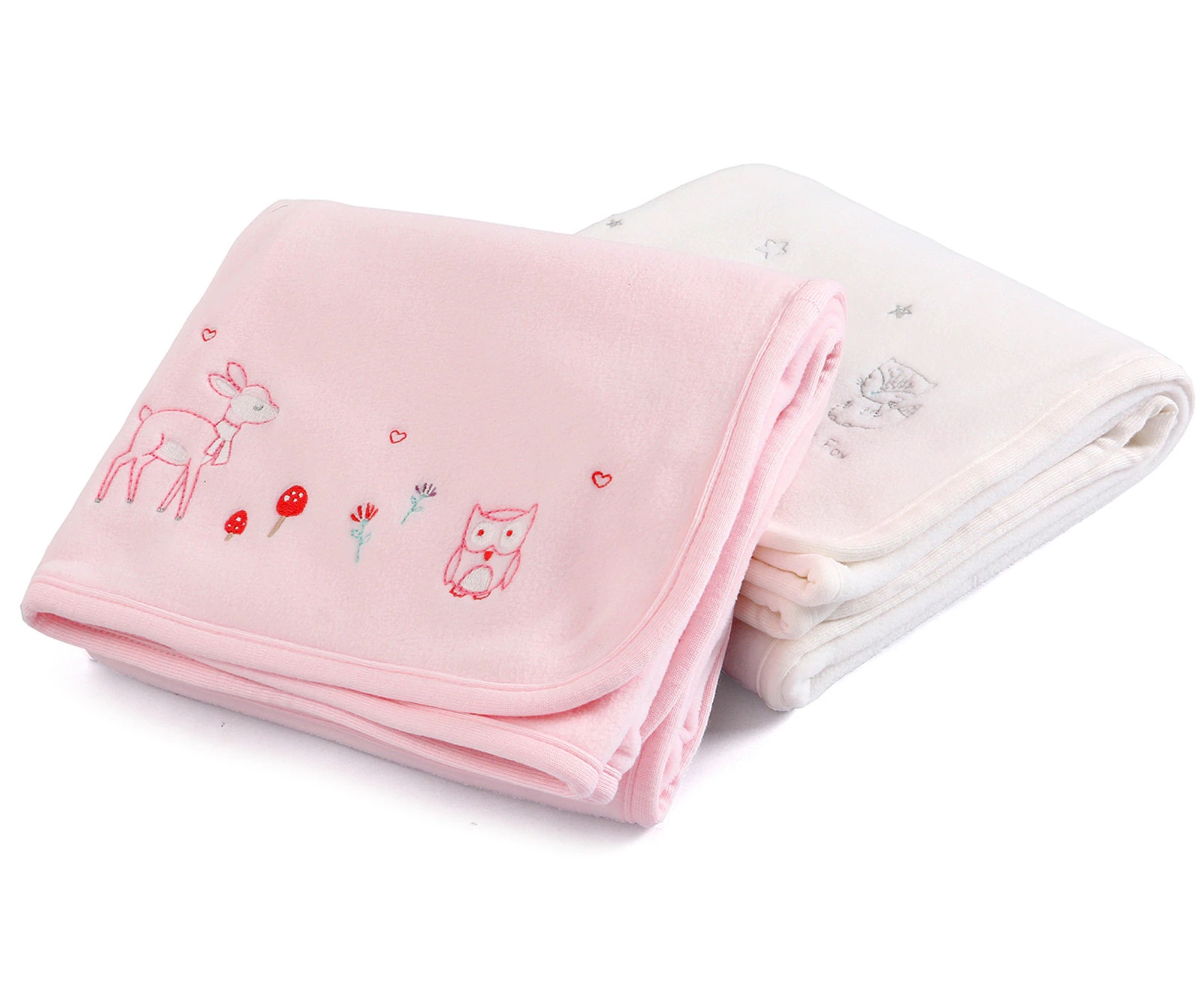



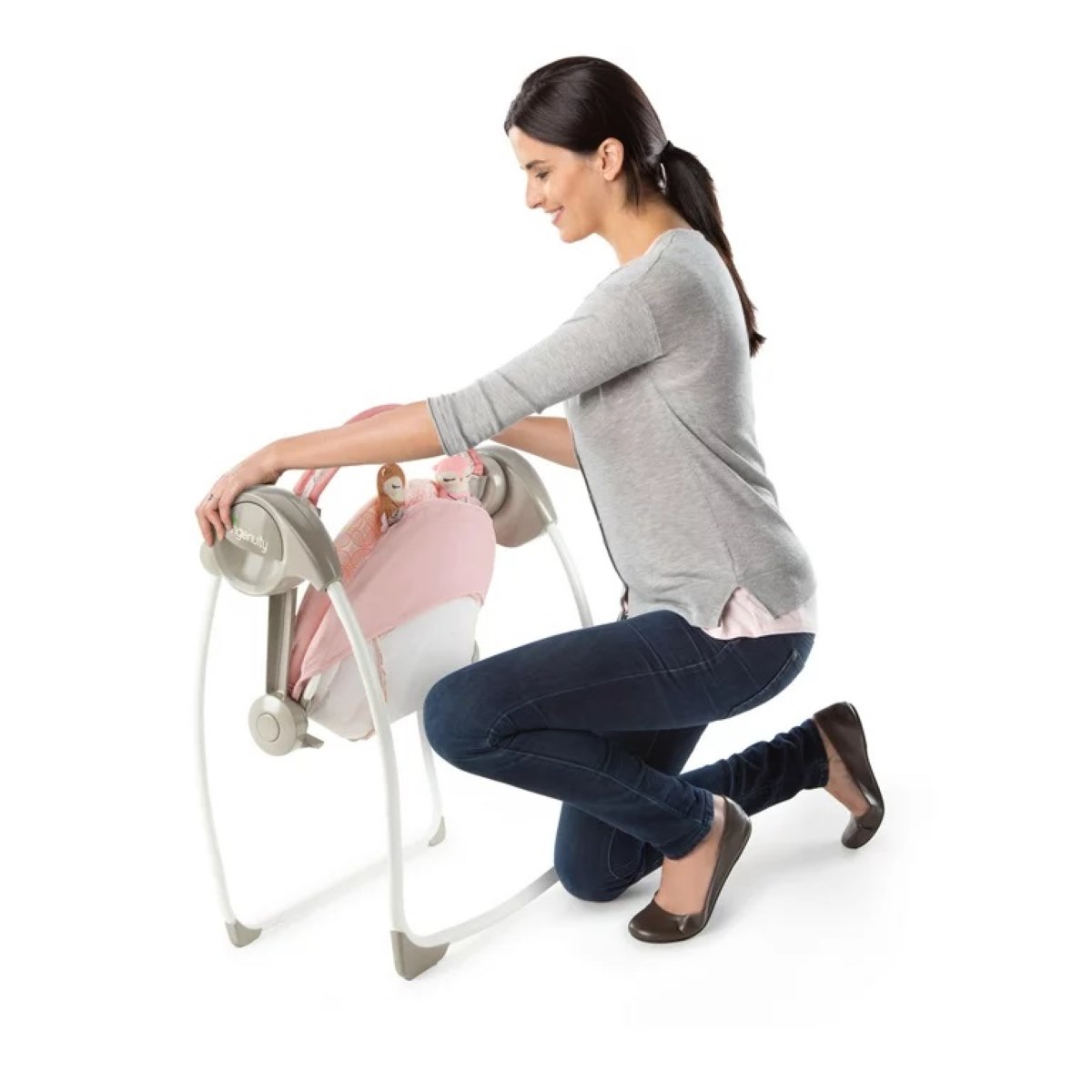
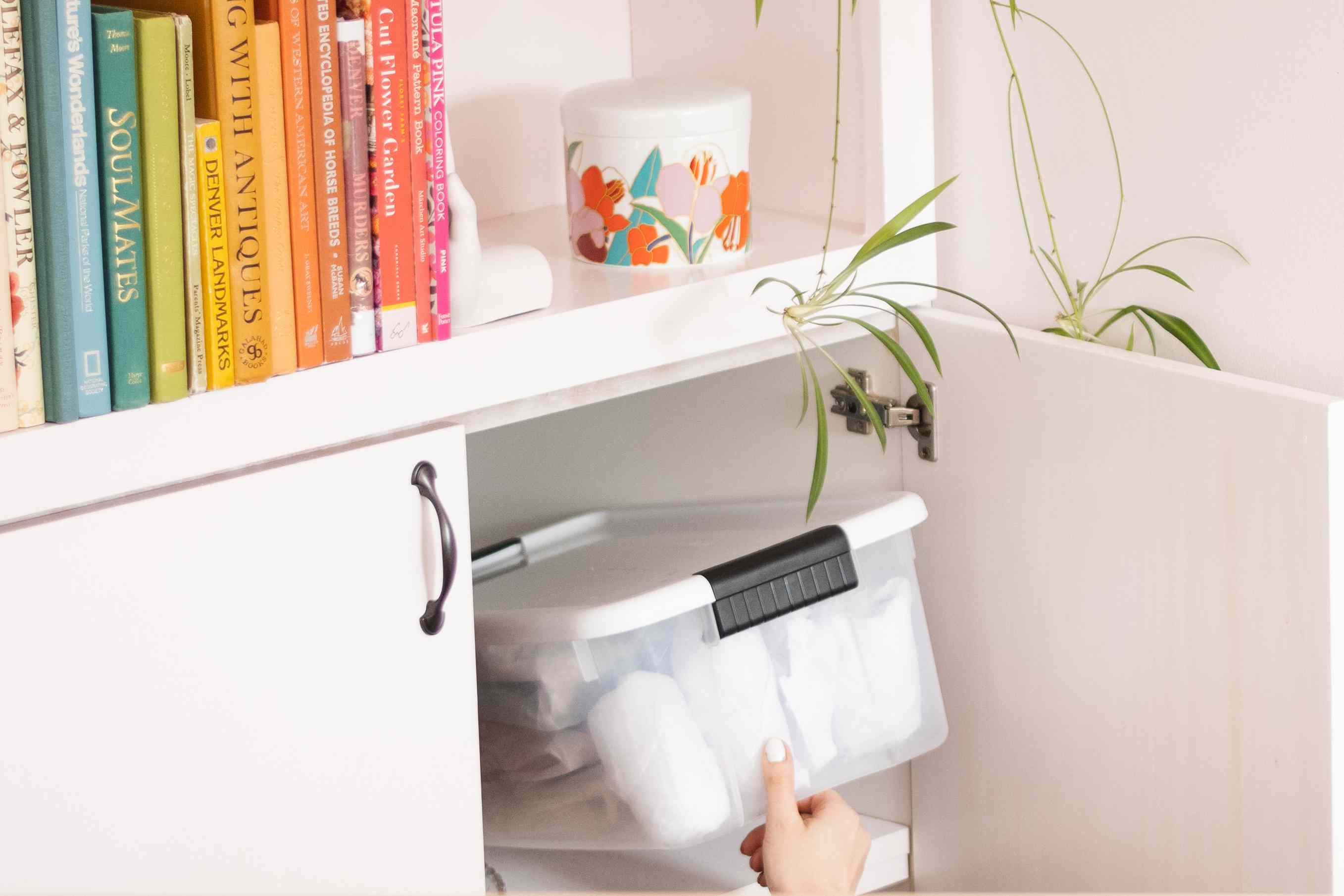
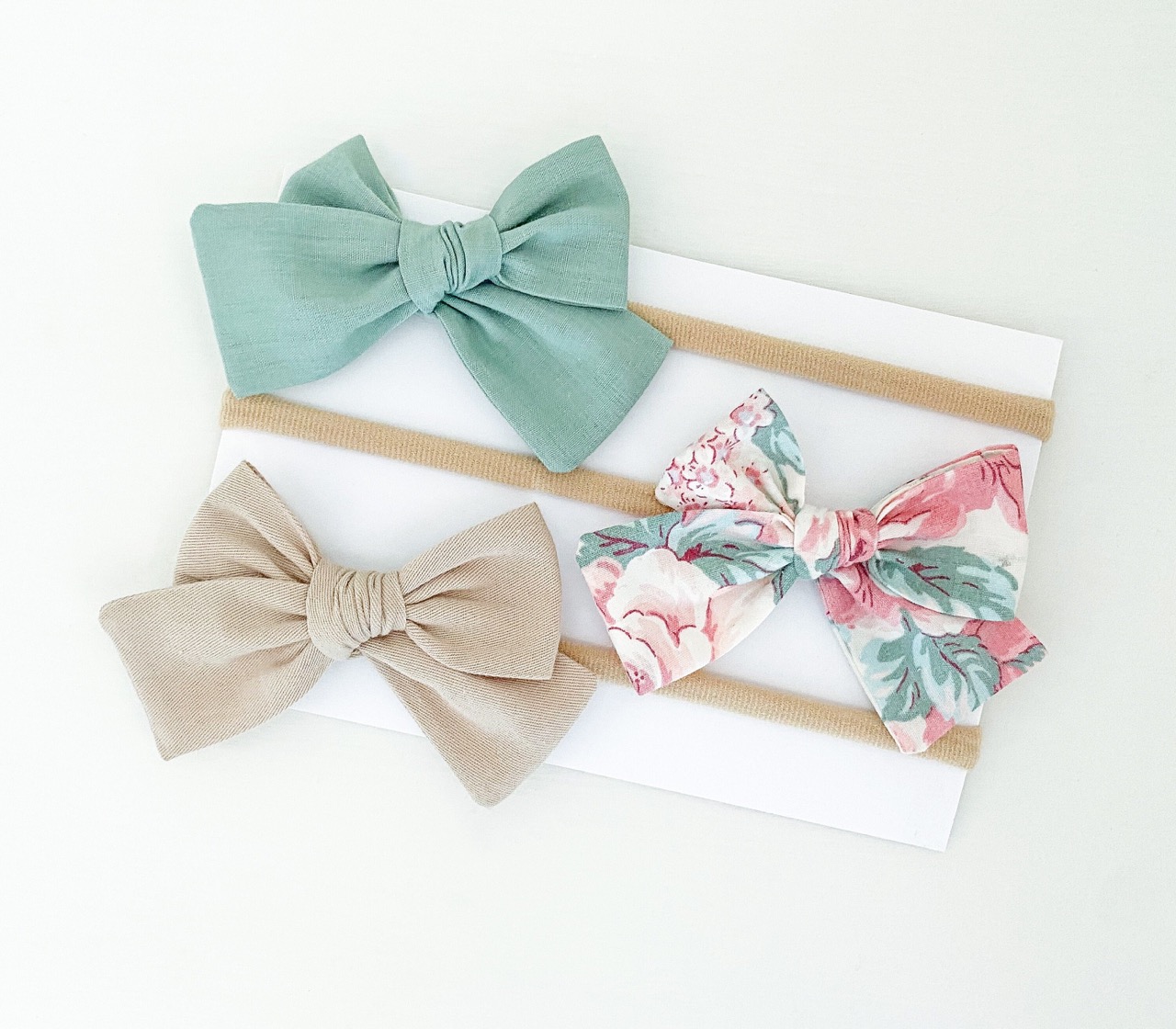
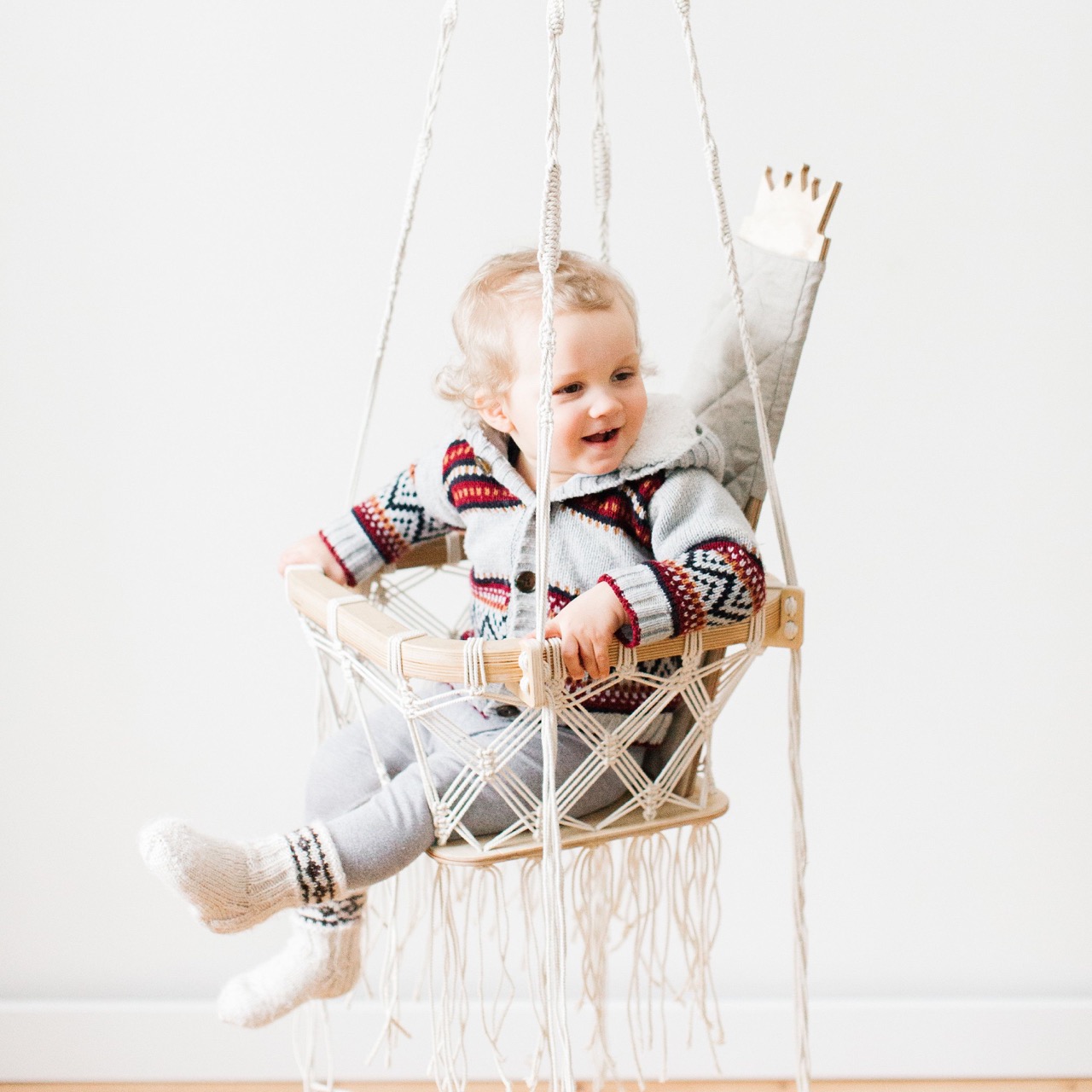
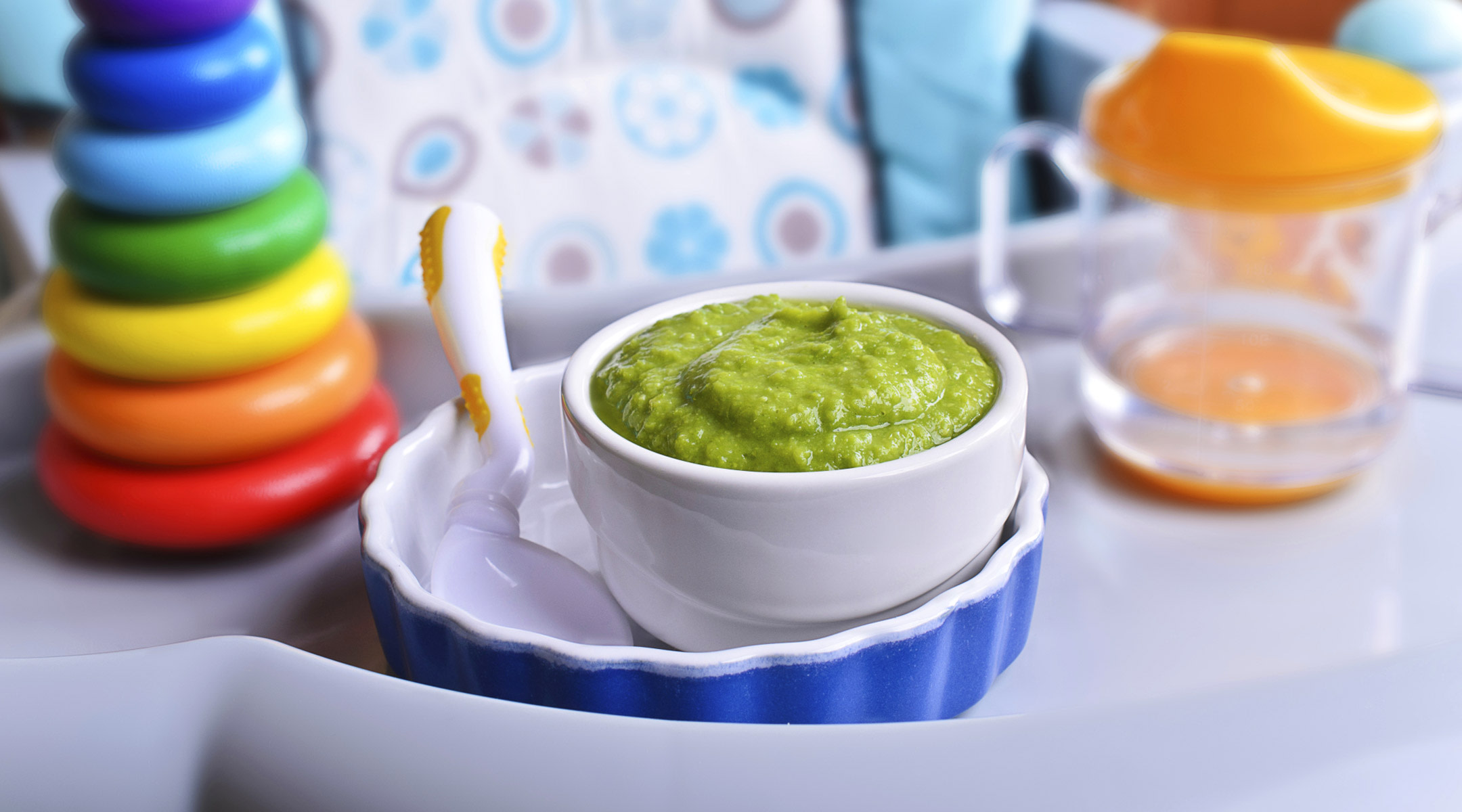
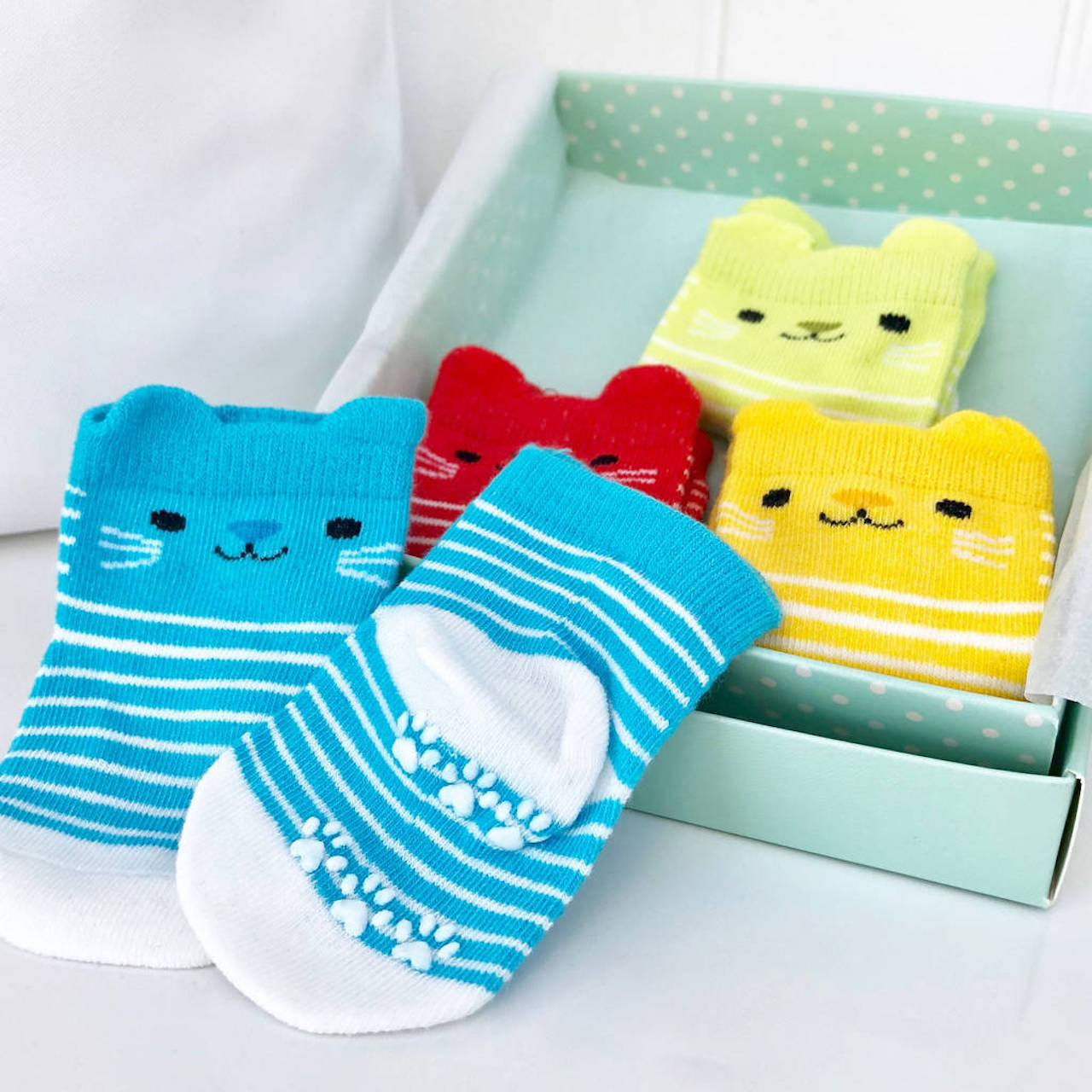
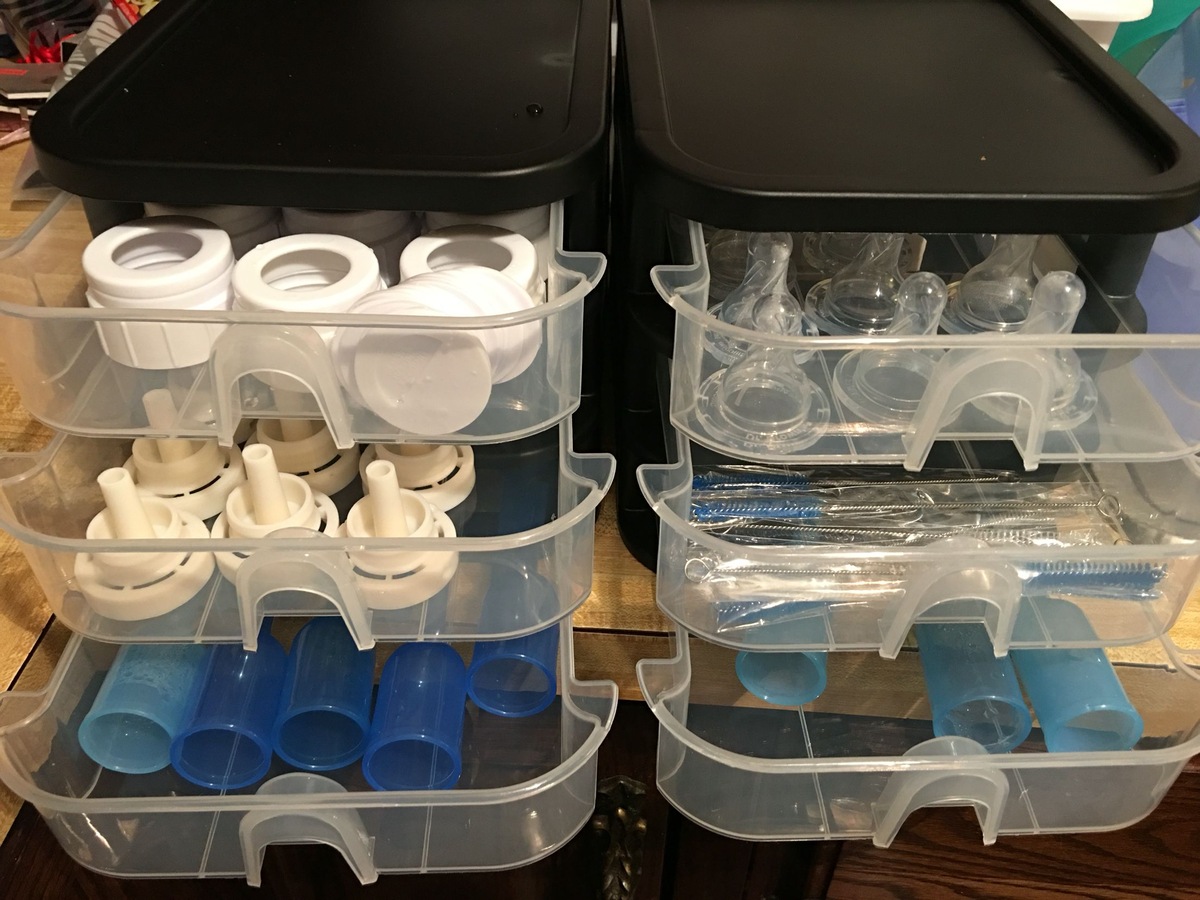



0 thoughts on “How To Store Baby Carriers”